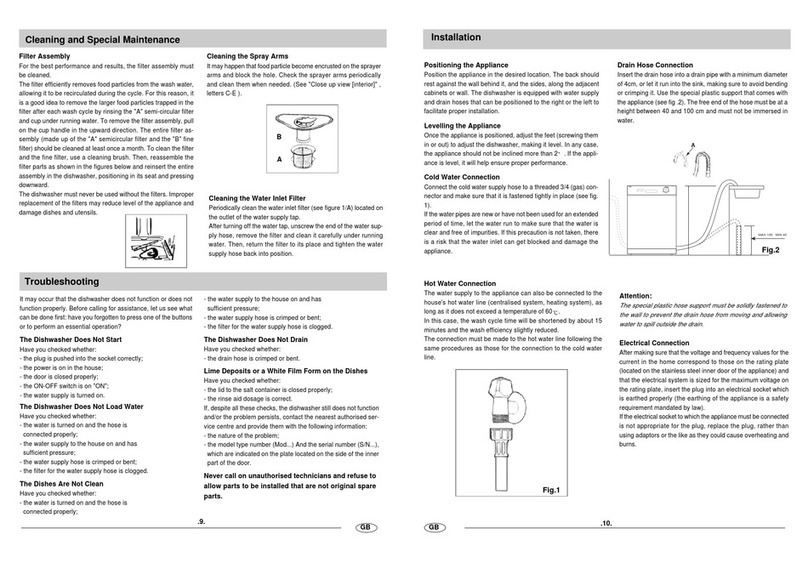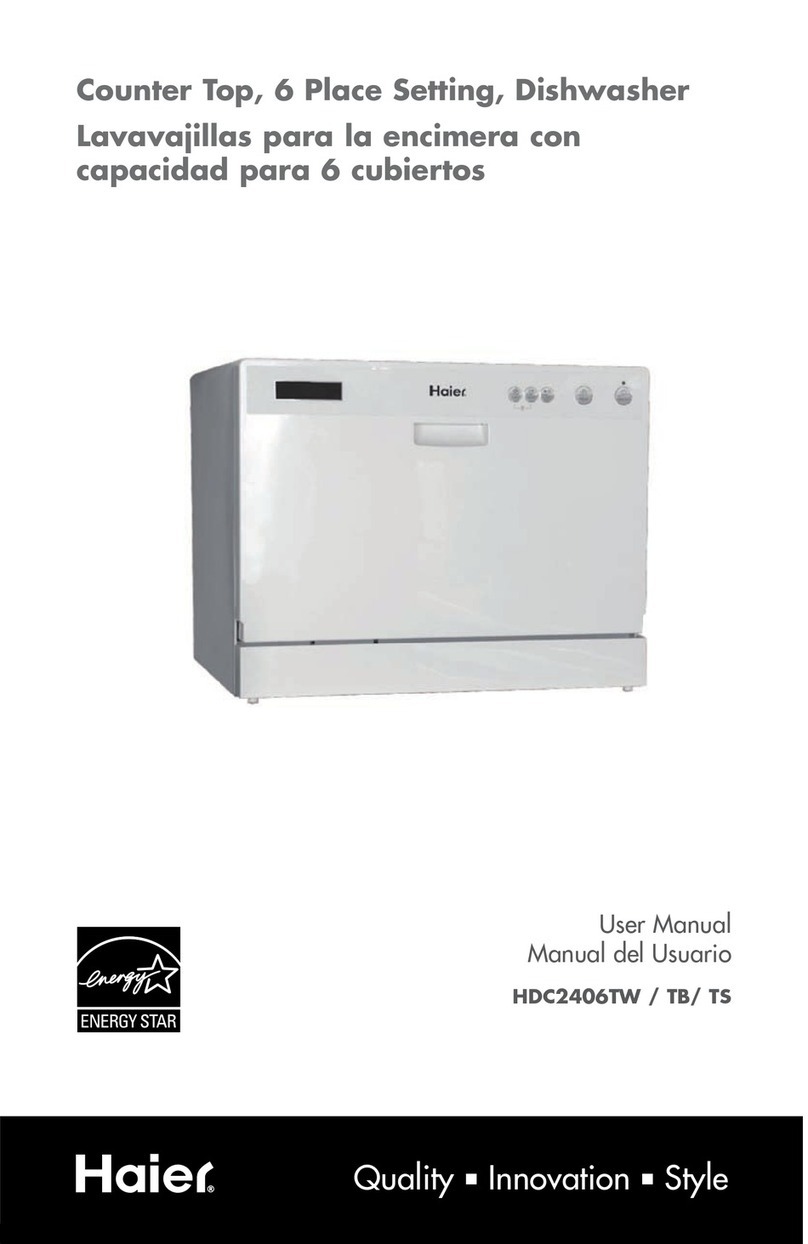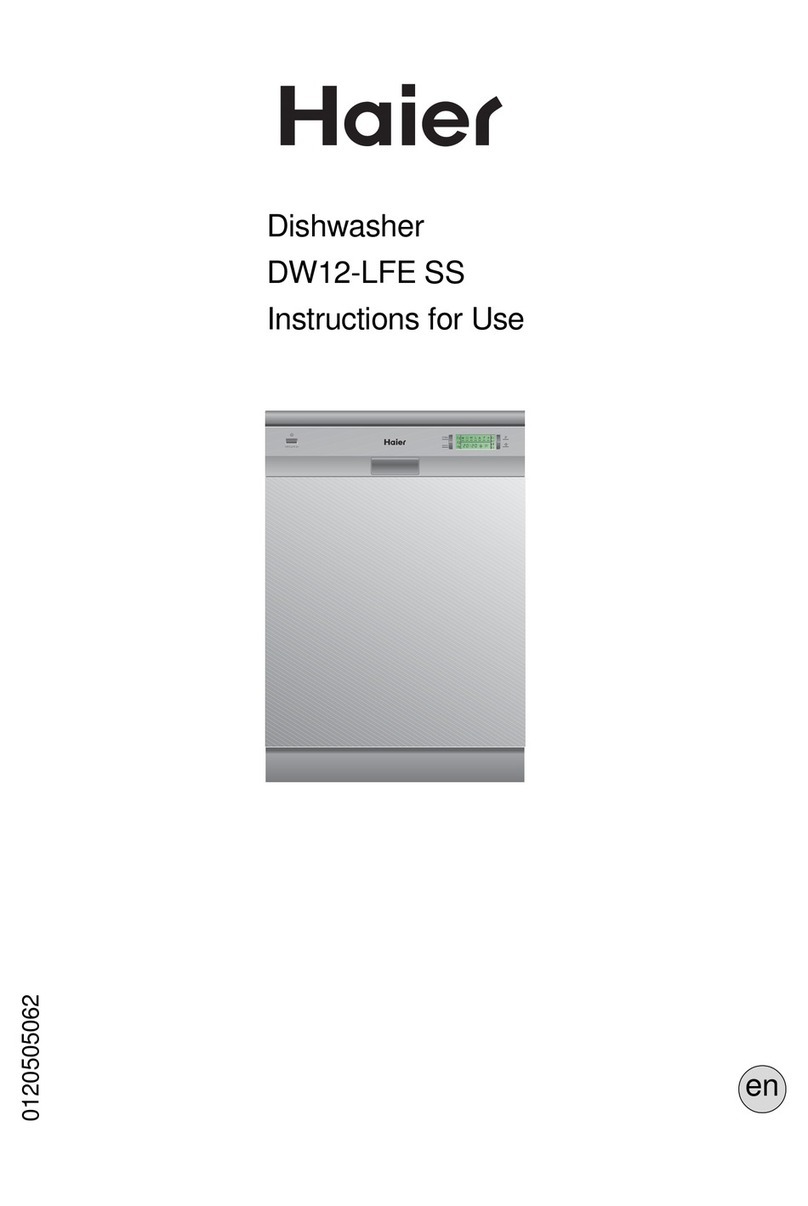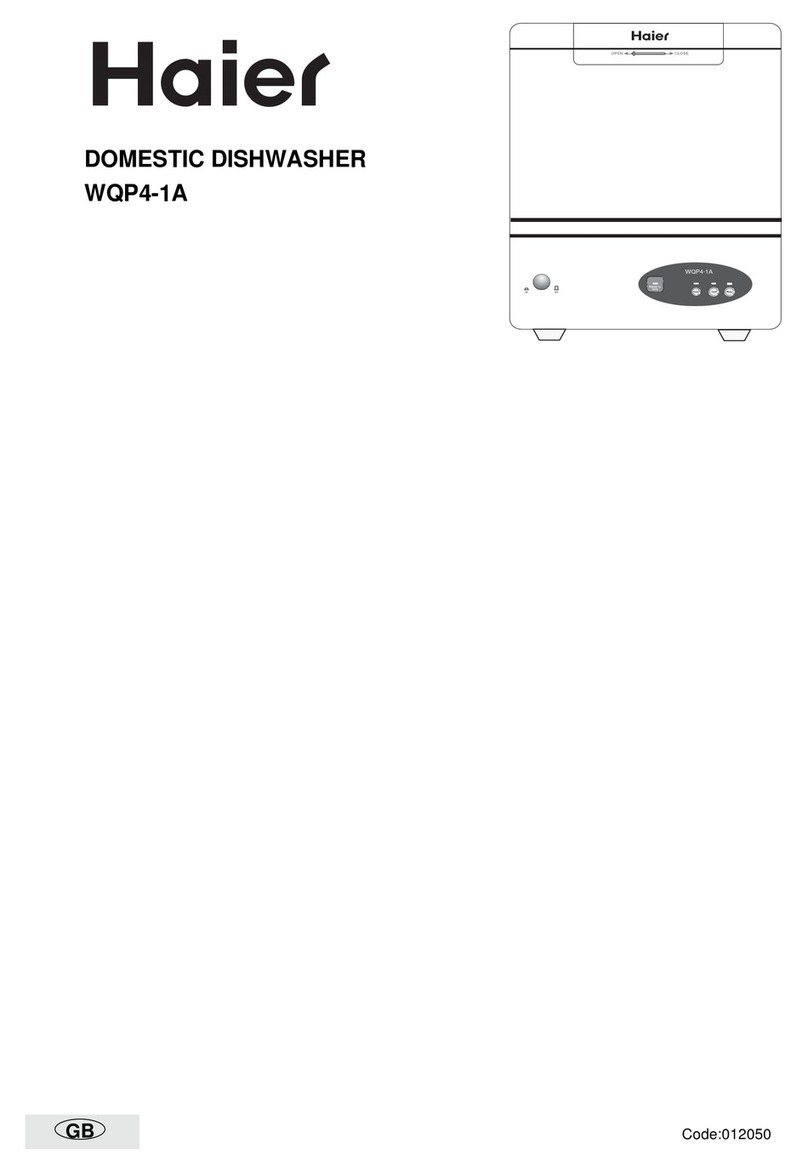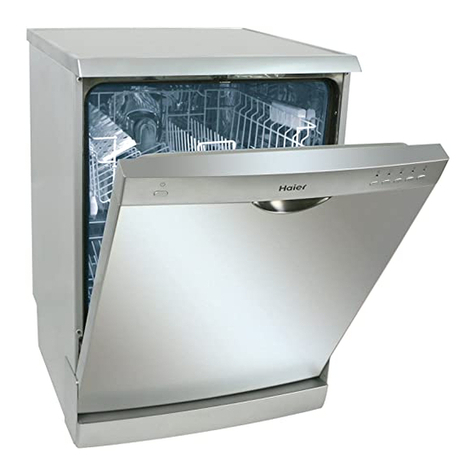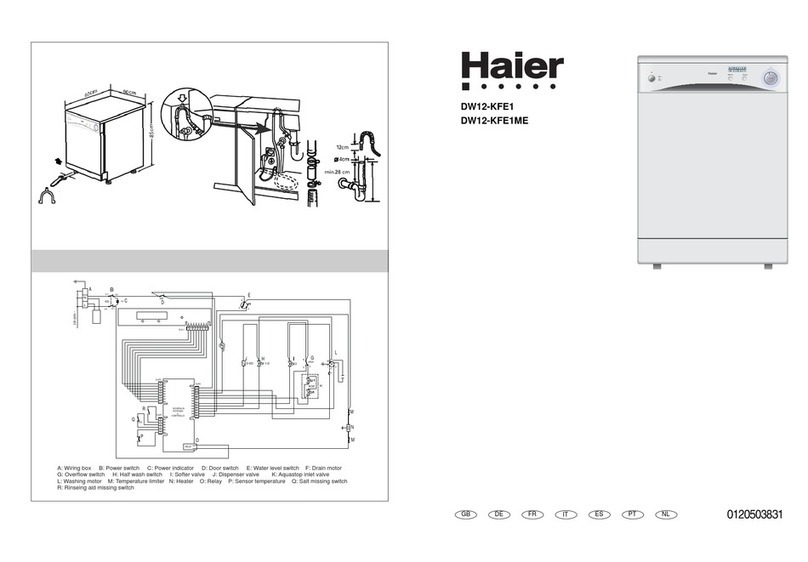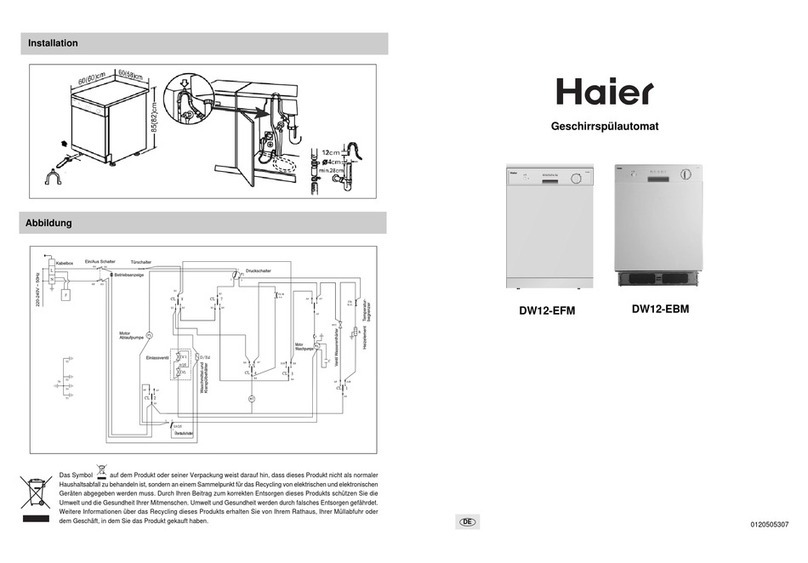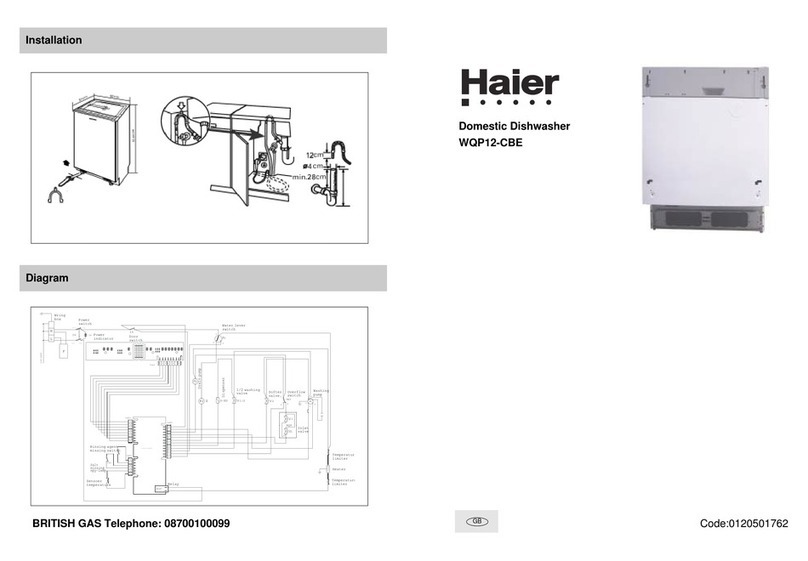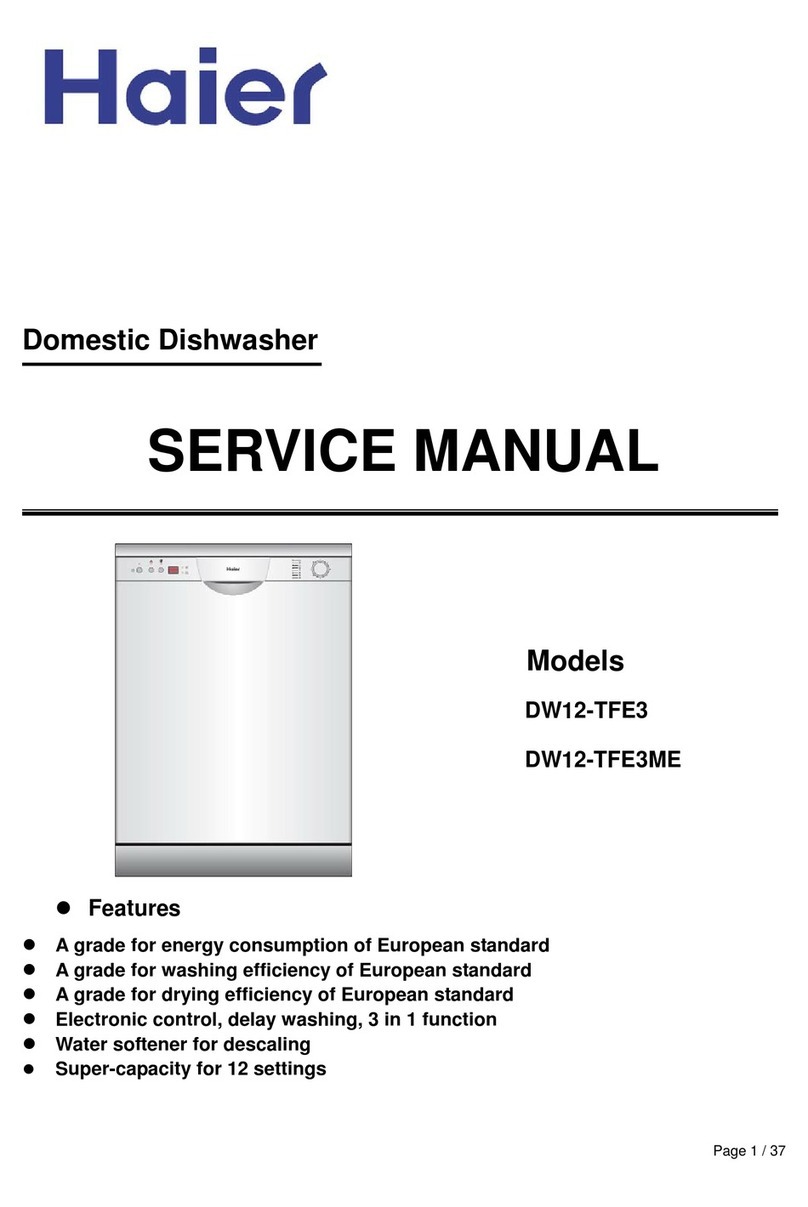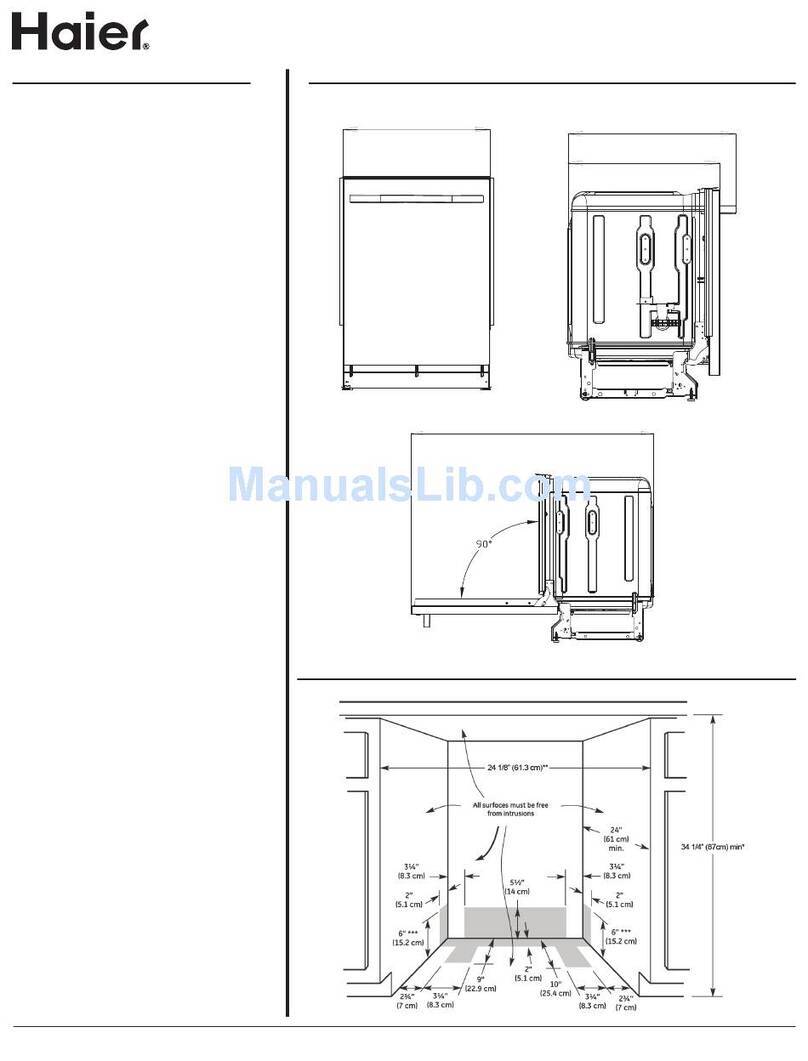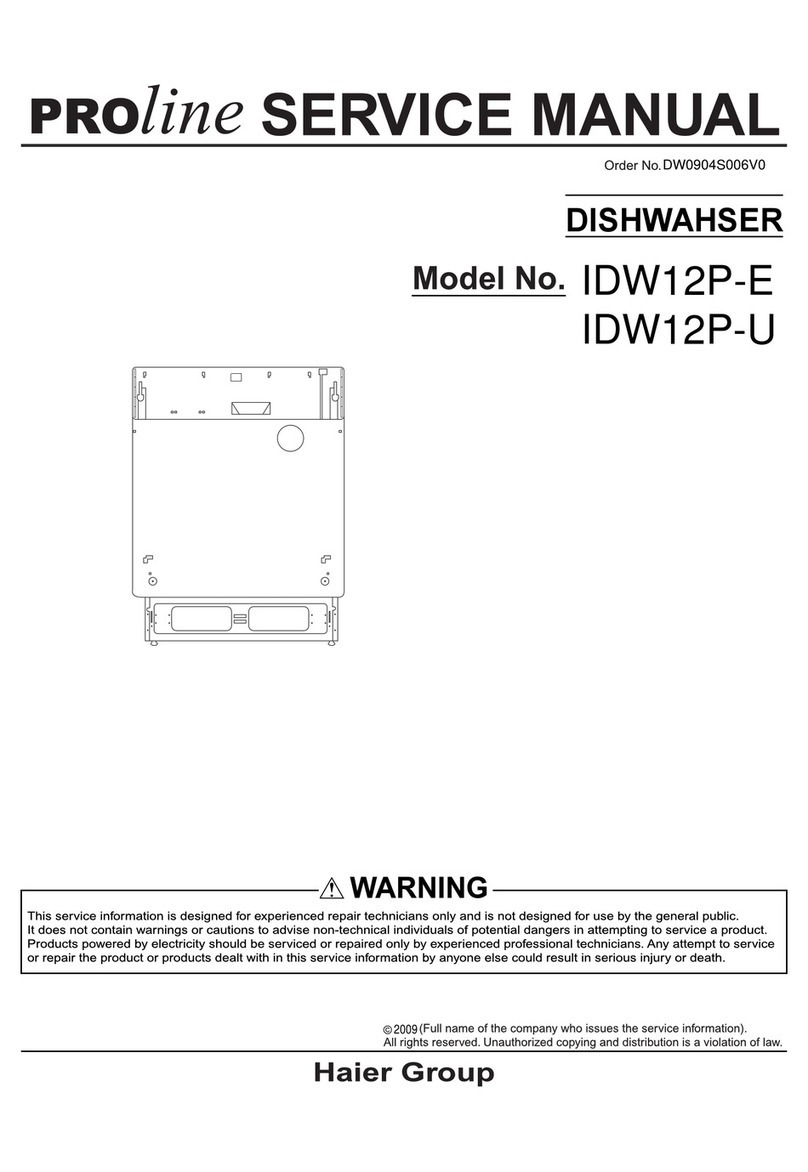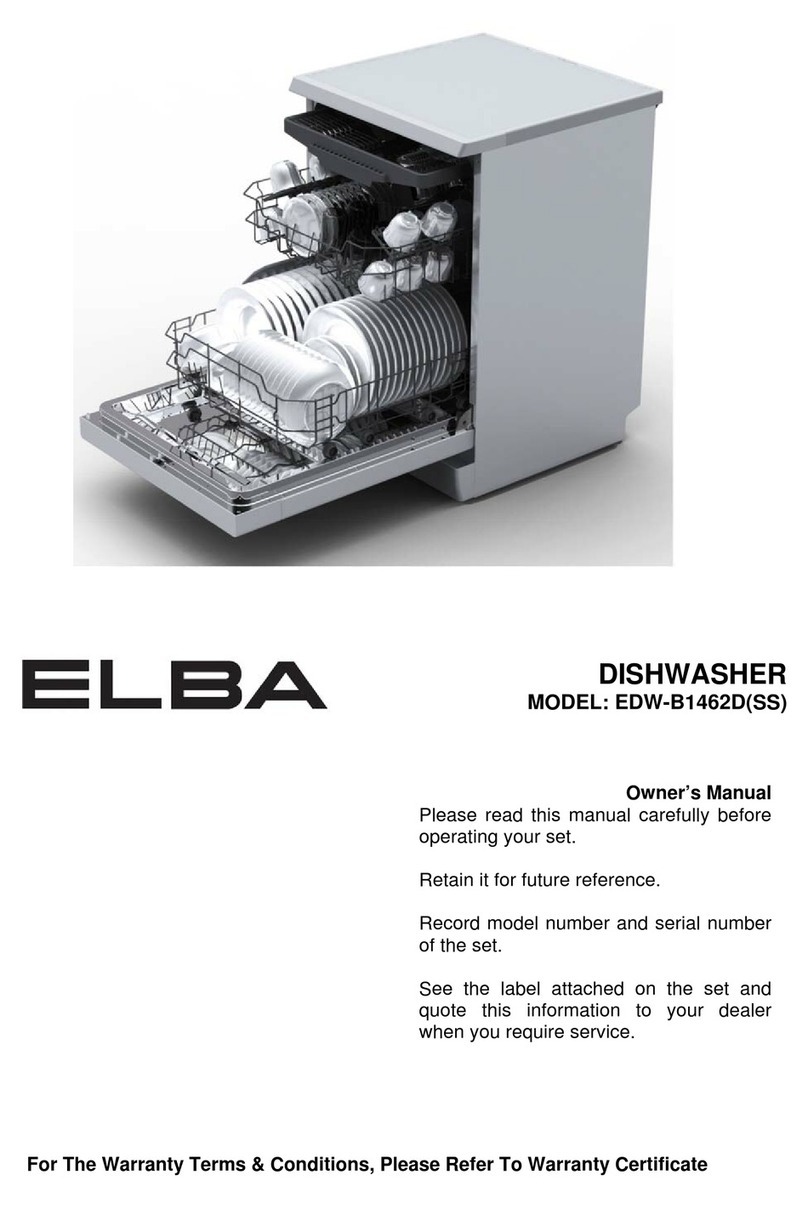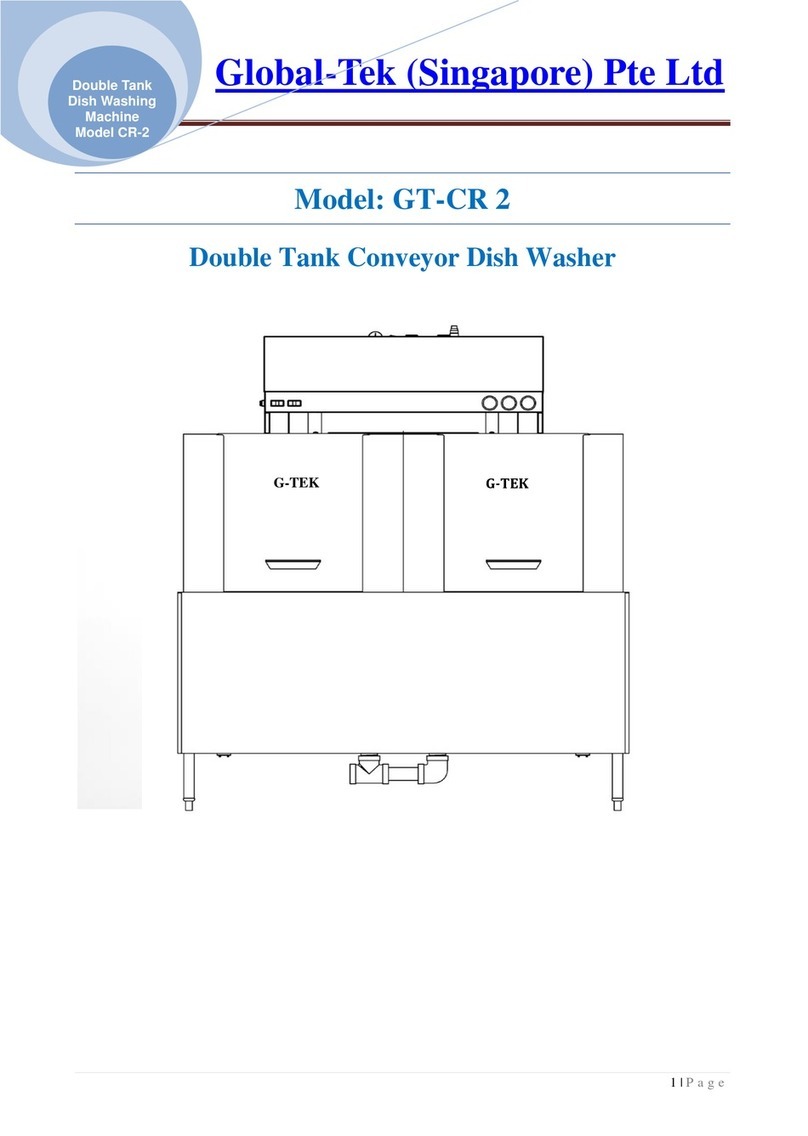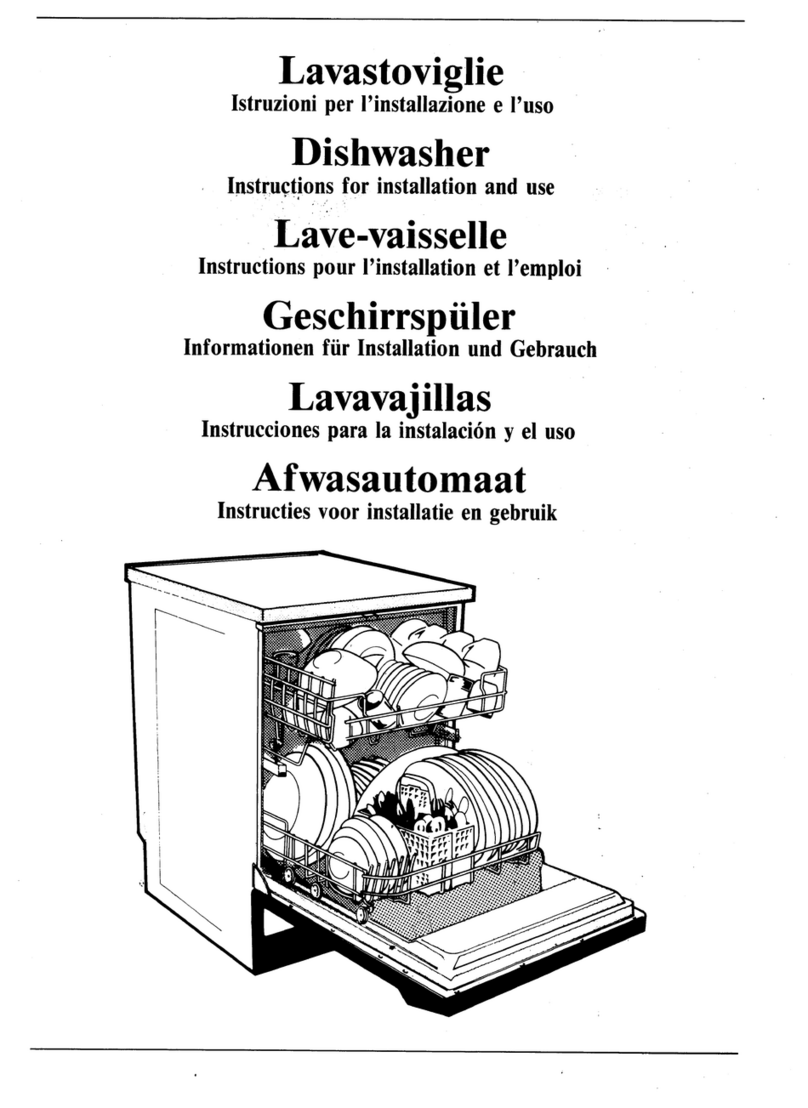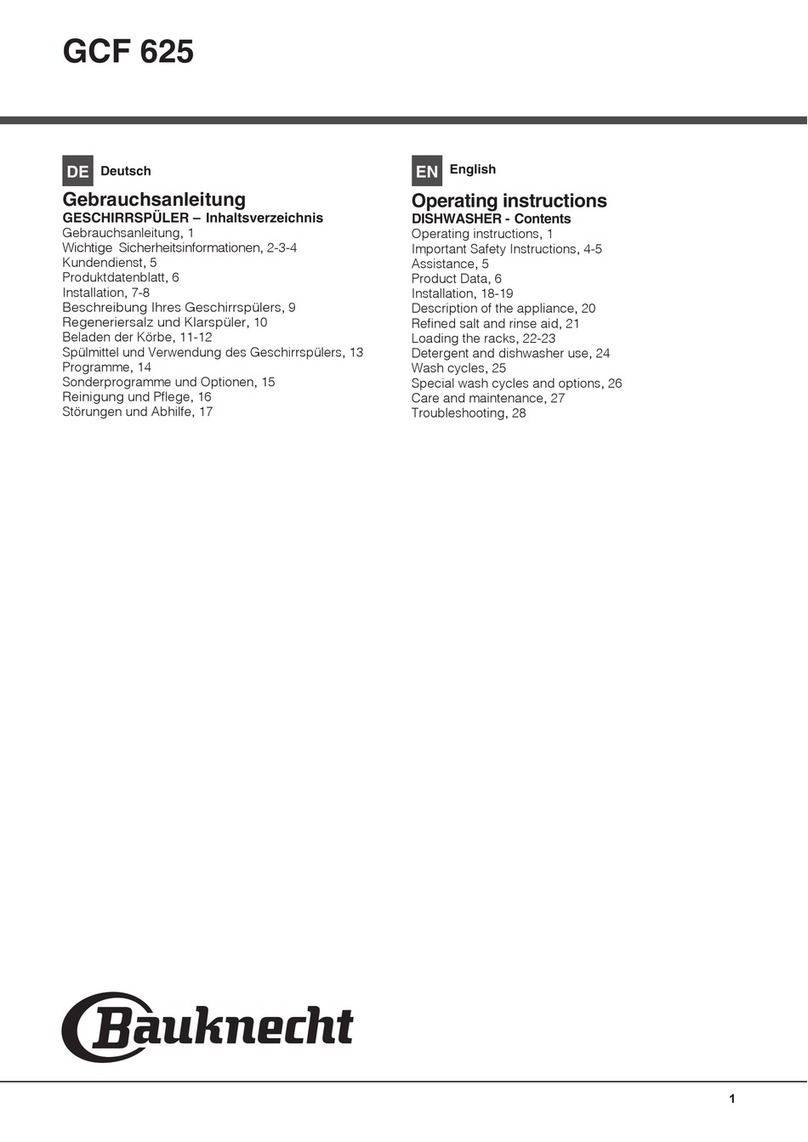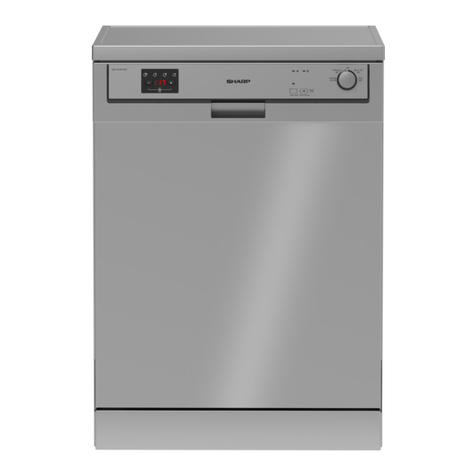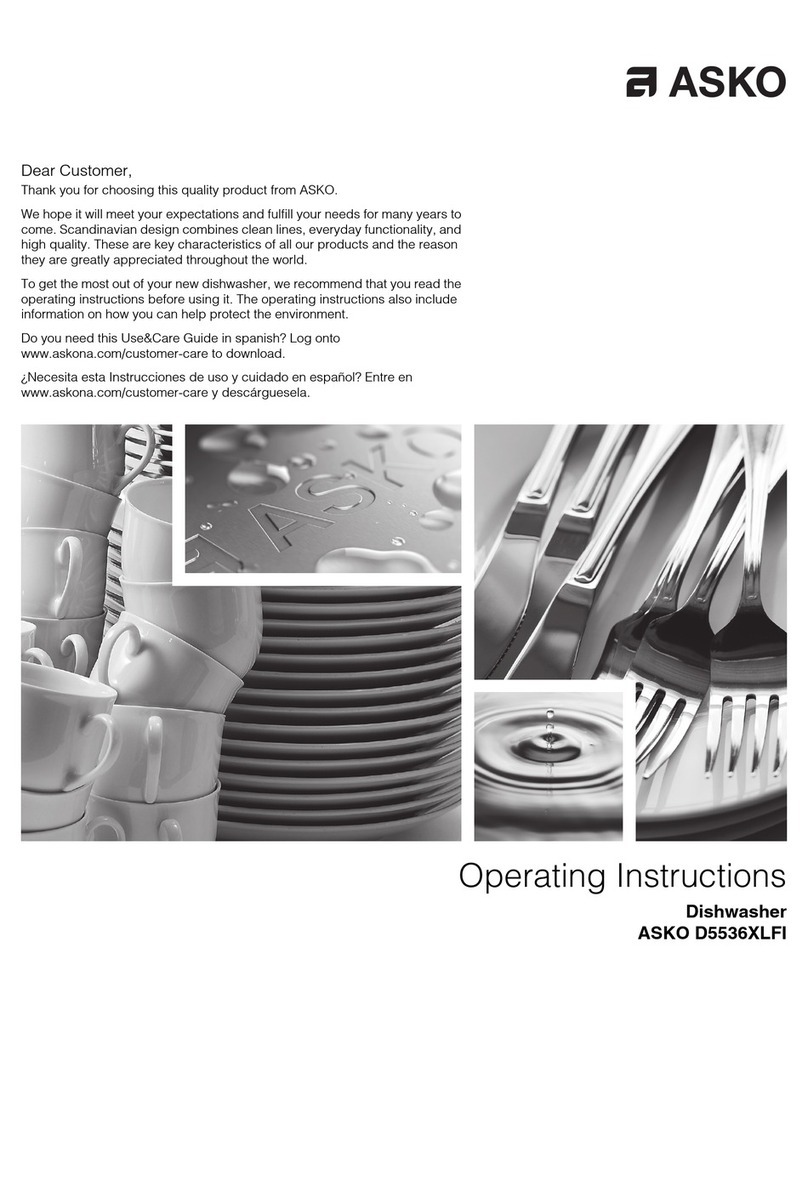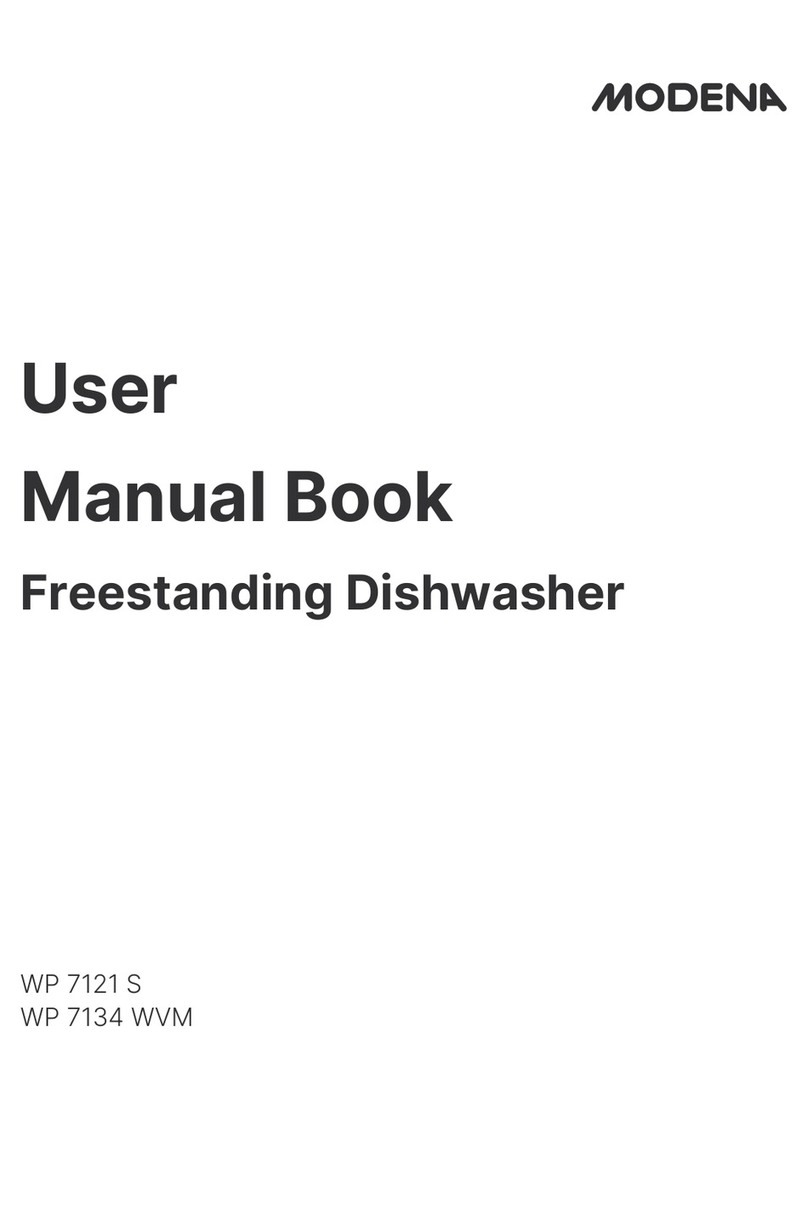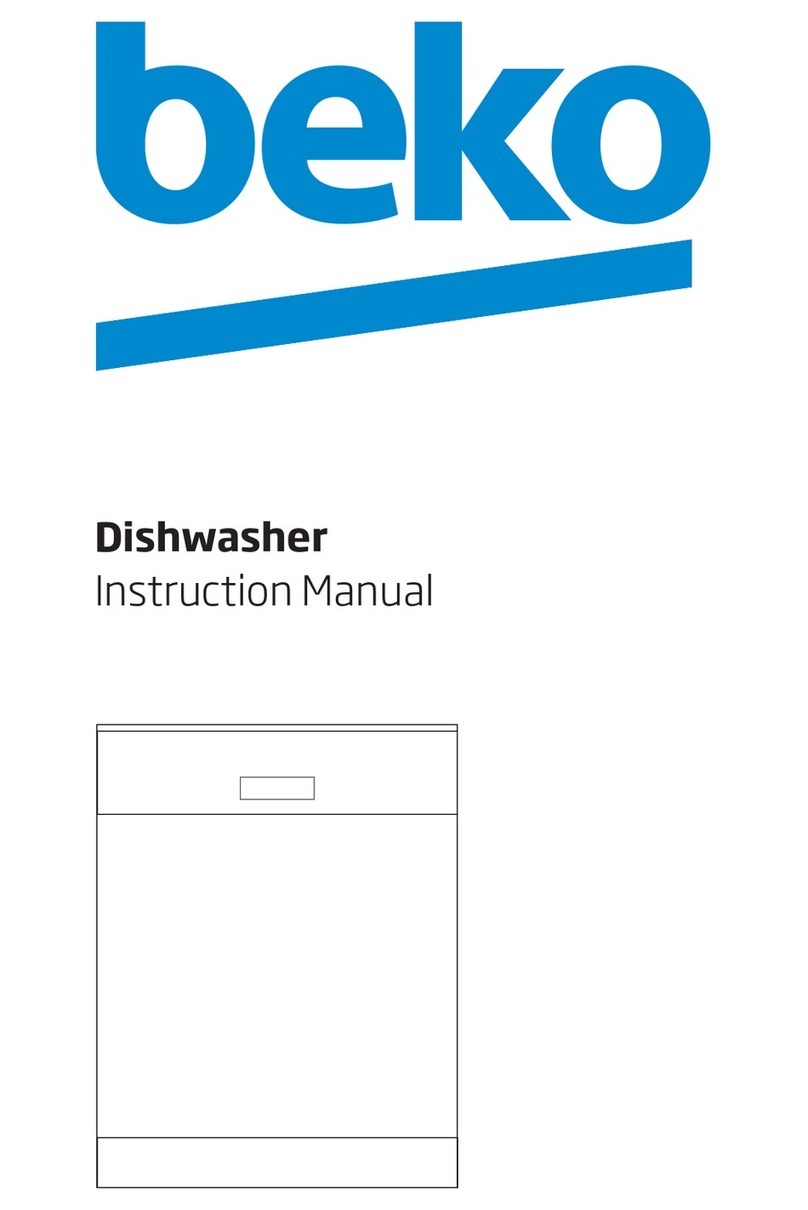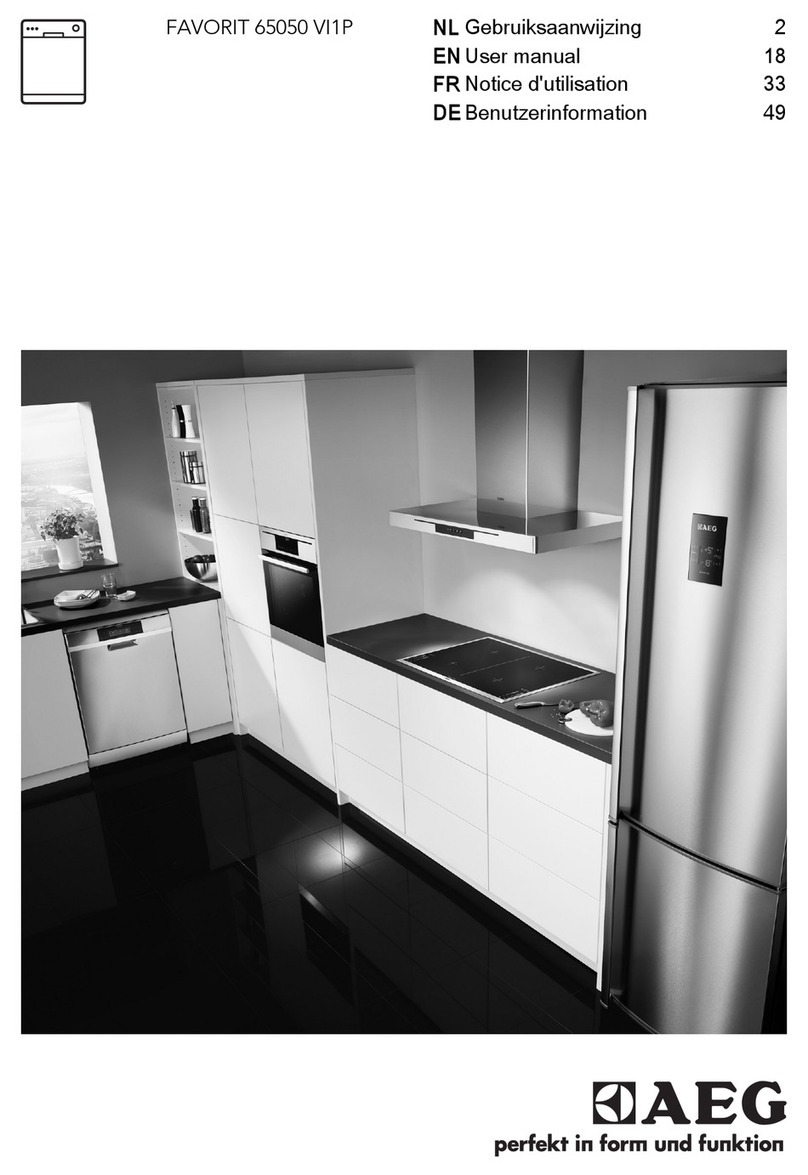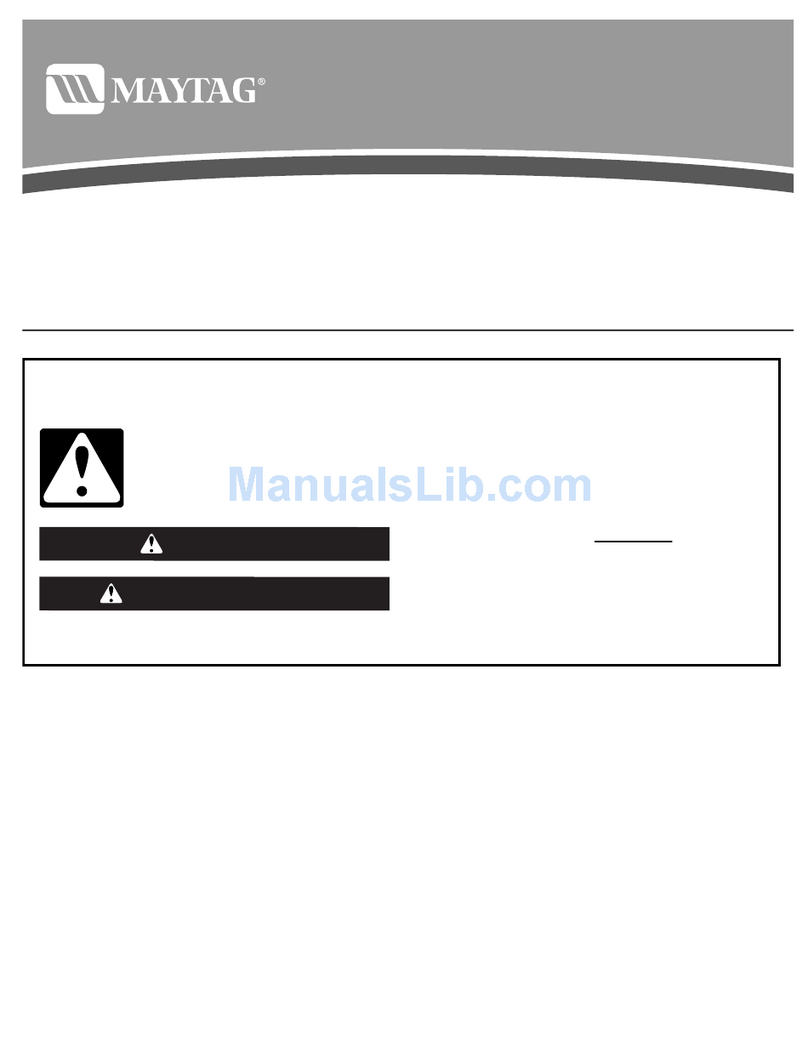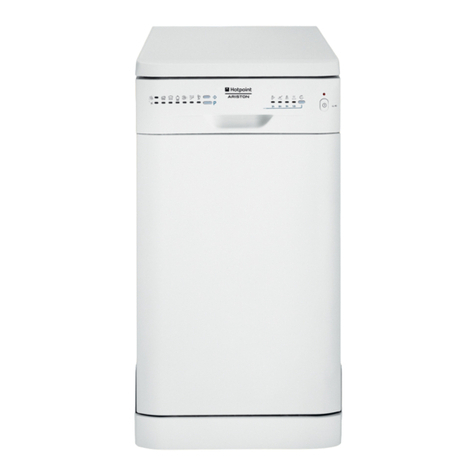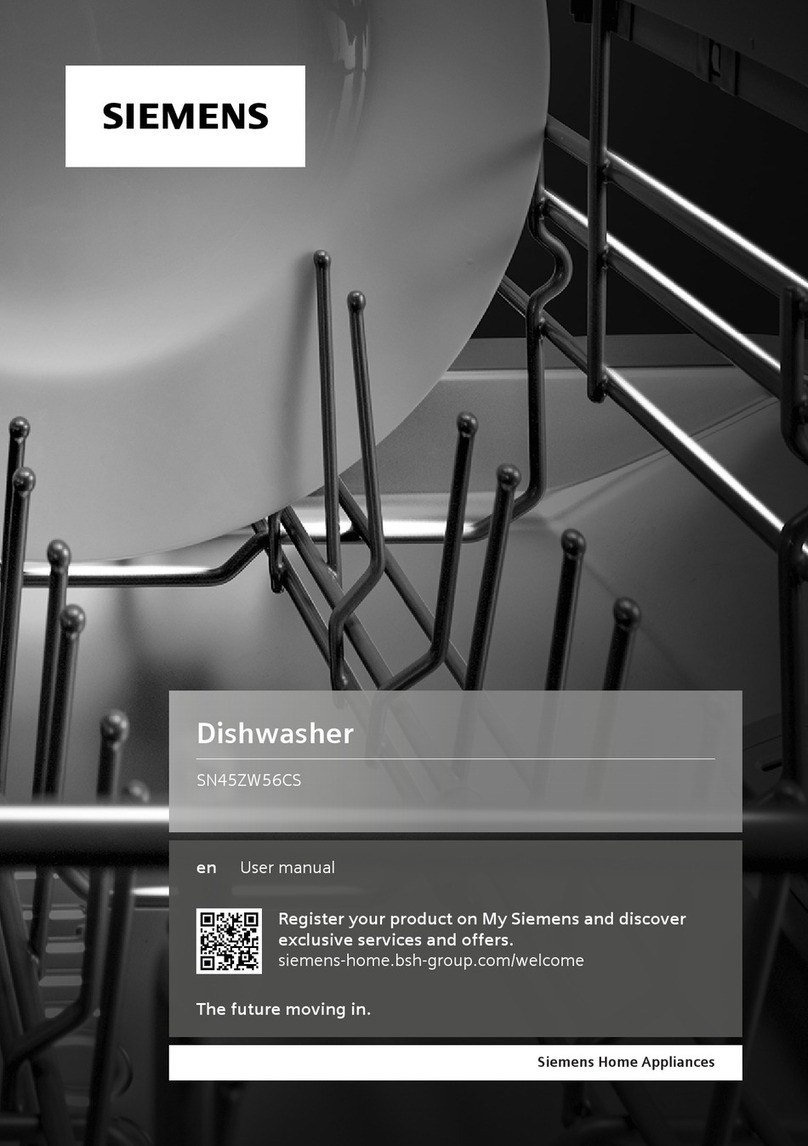Washing dishes
Programme selection
The most appropriate programme can be identified by comparing the type of
crockery, cutlery, etc., as well as the amount and condition of food remains,
with the details contained in the wash cycle table.The corresponding programme
sequence, duration and consumption details are shown in the right half of the
overview. For example:
Use the« normal» programme for dishes and utensils which have plenty of
food remains stuck on hard.
Savings
If only a small number of dishes have been loaded into the dishwasher,select-
ing a programme that operates at the next lowest temperature will usually be
sufficient.
Switching the dishwasher ON
different amounts of dishes
temperature of mains water supply
pressure of mains water supply
ambient temperature
fluctuations in mains voltage
machine-related factors (e.g. temperature, water volume,...)
Programme data
The stated programme data are based on standard operating conditions. The
values can vary considerably according to:
Energy and water consumption is reduced by up to 1/4 when dishes are washed
in the upper basket only.The water consumption values are related to water
hardness level 1.
Turn on the tap.
Set ON-OFF button “A ” to ON. All the programme indicators“C1,C2,C3,
C5,C6”light .
Press programme button “B1-6”,programme indicator “ C1-6”blinks.
If the door is closed, after 5 seconds, the programme indicator “ C1”lights
steady and the dishwasher beeps once time, then the programme starts
automatically.
End of programme
Six beeps will indicate that the wash cycle has finished and all the programme
indicators light.
Interrupping the programme
Switching the dishwasher OFF
Several minutes after the programme has ended:
Cancelling ormodifying acycle
Acycle that is underway can be modified if it has only been running for a
short time. Otherwise, the detergent may have already been used, and the
appliance may have already drained the wash water. If this is the case, the
detergent dispenser must be refilled ( see the paragraph entitled, “ Loading
the detergent ”).
To modify a cycle that is already underway, press the button“ A”, all of the
settings will be cancelled. To set a new cycle, follow the instructions con-
tained in the paragraph entitled “Switching the dishwasher ON”.
Set main switch “A” to OFF.
Open the door .
Turn the water tap off. (Does not apply when Aquastop unit has been fitted)
Remove dishes, etc. when they have cooled down.
Open the door. Caution! There is a risk of water squirting out from inside the
appliance. Do not open the door fully until spray arm has stopped rotating.
When you open the door, the dishwasher will beep ten times every thirty
seconds.
If the appliance has already heated up orthe hot water was switched ONand
then the appliance door opened, leave the door ajar for several minutes and
then close. Otherwise, the appliance door may open due to expansion.
B1
C1 C2 C3 C5 C6
A
How to keep your dishwasher in shape
After Every Wash
After every wash, turn off the water supply (not necessary for models with
“Aquastop” ) the appliance and leave the door slightly ajar so that moisture and
odors are not trapped inside.
Remove the plug
Before cleaning or performing maintenance, always remove the plug from the
socket. Do not run risks.
No solvents or Abrasive Cleaning Products
To clean the exterior and rubber parts of the dishwasher, do not use solvents or
abrasive cleaning products. Rather, use only a cloth and warm soapy water.
To remove spots or stains from the surface of the interior, use a cloth damp-
ened with water and a little white vinegar, or cleaning product made specifically
for dishwashers.
Moving the Appliance
If the appliance must be moved, try to keep it in a vertical position. If absolutely
necessary, it can be positioned on its back.
Seals
One of the factors that cause odors to form in the dishwasher is food that re-
mains trapped in the seals. Periodic cleaning with a damp sponge will prevent
this from occurring.
The door should not be left in the open position since this could present a
tripping hazard.
When You Go on Holiday
When you go on holiday, it is recommended that you run a wash cycle with the
dishwasher empty and then remove the plug from the socket, turn off the water
supply and leave the door of the appliance slightly ajar. This will help the seals
last longer and prevent odors from forming within the appliance.
EN
